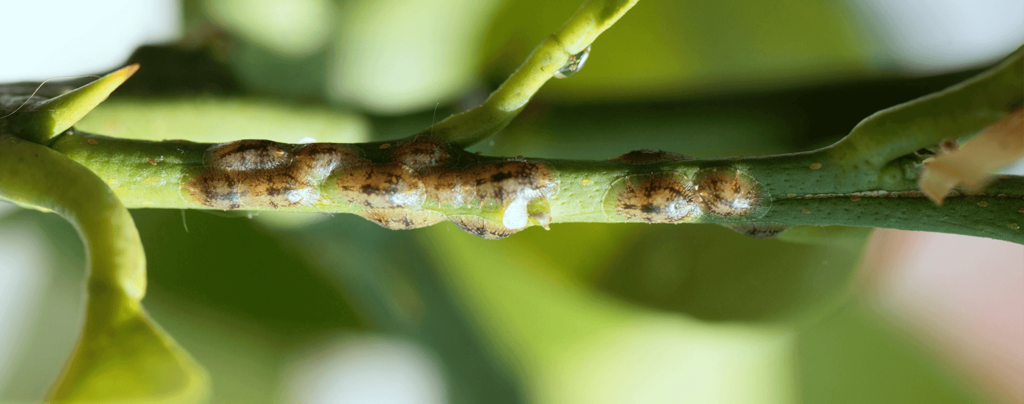Indoor Plant Pest Identification and Treatment Guide
Keeping your indoor plants healthy means staying vigilant about pests. Even in a controlled environment, your houseplants can fall prey to tiny invaders that suck sap, spread disease, and leave your greenery looking worse for wear. This guide will help you identify the most common indoor plant pests and show you how to treat and prevent them naturally and effectively.
Why Pest Identification Matters
Correctly identifying the pest attacking your plant is the first step toward effective treatment. Different pests require different strategies — what works for fungus gnats won’t necessarily solve a spider mite infestation.
Common Indoor Plant Pests and How to Treat Them
1. Mealybugs
Identification:
Look like small white cottony clumps on stems or leaf joints
Often leave behind a sticky residue (honeydew)
Treatment:
Dab bugs directly with a cotton swab dipped in rubbing alcohol
Spray with neem oil weekly
Isolate infected plant immediately
2. Spider Mites
Identification:
Tiny red or brown specks, often under leaves
Fine webbing present on the plant
Leaves may become speckled or discolored
Treatment:
Rinse plant thoroughly with lukewarm water
Apply insecticidal soap or neem oil
Increase humidity, as mites prefer dry air
3. Fungus Gnats
Identification:
Small black flying insects hovering around soil
Larvae live in wet soil and damage roots
Treatment:
Let soil dry between watering
Use sticky traps to catch adults
Add a layer of sand over soil to deter egg-laying
4. Scale Insects
Identification:
Brown or tan shell-like bumps on stems
Don’t move once attached
Treatment:
Scrape off gently with a toothbrush
Treat with horticultural oil
Reapply every 7–10 days as needed
5. Thrips
Identification:
Long, thin insects that feed on leaves and flowers
Leaves appear silvered, stippled, or curled
Treatment:
Prune affected areas
Use blue sticky traps
Apply spinosad spray or insecticidal soap
Prevention Tips
Inspect new plants before bringing them indoors
Quarantine new additions for 1–2 weeks
Clean pots, tools, and surfaces regularly
Avoid overwatering, which attracts gnats and root rot
Keep leaves dust-free to discourage pests
Recommended Pest Control Products
Outbound Resource
Learn more about Common Houseplant Pests.
Related Article
Check out our Signs of a Dying Houseplant article to learn when pests might be the root cause.
Final Thoughts
Pest problems are inevitable for most plant owners, but they don’t have to be disastrous. By catching infestations early and treating them with targeted solutions, you can protect your indoor jungle from long-term damage. Combine preventive care with routine inspection, and your plants will stay vibrant, healthy, and pest-free.
Creating a pest-free environment means being proactive. Regularly check under leaves, near the base of stems, and the topsoil for signs of unwanted guests. Consistency is key—add pest inspection to your weekly plant care routine. If you travel often or tend to forget, set calendar reminders or use smart garden monitors to alert you to changes in plant health.
Don’t forget to rotate your pest treatments. Over time, pests can develop resistance to certain sprays or natural remedies. Alternating between neem oil, insecticidal soap, and biological controls like beneficial nematodes can increase your success. Maintaining a diverse set of solutions ensures your houseplant pest control efforts remain effective and sustainable.
Healthy plants are less vulnerable to pests. Ensure your plants receive proper light, humidity, watering, and nutrition to stay resilient. When stressed, plants emit chemical signals that attract pests—so keep your plant care dialed in to act as the first line of defense against infestations.
Even if you only grow a few plants indoors, it pays to understand the basics of indoor plant pest identification and prevention. With the right knowledge and tools, you can tackle issues before they become unmanageable.
Your indoor garden deserves to flourish—and with a strong pest control routine, it absolutely can.
for most plant owners, but they don’t have to be disastrous. By catching infestations early and treating them with targeted solutions, you can protect your indoor jungle from long-term damage. Combine preventive care with routine inspection, and your plants will stay vibrant, healthy, and pest-free.

